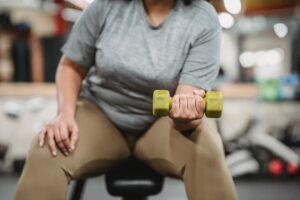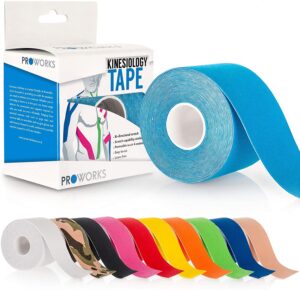Elbow pain during or after pregnancy may be caused by a tendinitis or tendinopathy. It can be a very painful condition which affects your every day activities if it is not dealt with early enough.
Symptoms:
-
Tennis Elbow (lateral Epicondylitis) – if your palm is facing the ceiling then the pain is on the thumb side of the elbow.
-
Golfers Elbow (medial Epicondylitis)- if your palm is facing the ceiling then the pain is on the little finger side of the elbow.
-
The pain is usually associated with prolonged use i.e. typing or if resting on the affected area.
-
The elbow can be hot to touch or appear swollen.
(Note: whether pain is on the inside or the outside of the elbow, the treatment recommendations are the same – the exercises will vary slightly though so please check where your pain is coming from)
Causes:
-
Change in lifestyle since the arrival of the baby: can cause pain due to repetitive movements and over use of the wrist.
-
Repetitive lifting of baby, prolonged holding of baby and lifting the baby as s/he gets heavier can cause strains through the wrist muscles (that attach to the elbow).
-
Increased laxity in ligaments throughout the body causing increased strain on the wrist and elbow.
Here is what the evidence says about the treatment options:
Kinesio Tape – The use of Kinesio tape has been researched a lot when it comes to tendon and muscle issues. It is difficult to find studies that support it’s sole use but combined with strengthening exercises it has a lot of benefit.
This is the tape that we recommend based on our own usage and reviews online.
Here is a link to a good video explaining how to apply it for Tennis elbow (lateral epicondylitis).
The tape is applied differently for Golfers elbow (medial epicondylitis), please use this video if you have pain on the inside of your elbow.
Wheat bag – Heat has been seen, for many years, as a great aid when trying to help a tendon or muscle heal. Studies have shown that heat increases the flexibility and power in tendons, although this is only temporary. It is also a good way to help reduce pain levels temporarily (and may help sleep if aching is keeping you awake). Try using a wheat-bag that you quickly warm in the microwave.
Rest – There is NO evidence to suggest that rest is beneficial to a tendon issue like tennis / golfers elbow. It may help ease pain in the short term but by not using the tendon you are adding to the underlying issue – weakness!
Gradual Loading strength exercises – evidence is still very strong for a strengthening programme aimed at the wrist. This programme involves gradually increasing the weight that you can lift at the wrist, which, in turn, helps to take pressure off the attachments of the muscle / tendons at the affected elbow. See your local Physiotherapist to go through this with you as each individual will start at a different level.

Medication – Pain killers / anti-inflammatories are often recommended for help with tendon issues but the benefits have shown to be short term only with these.

Elbow support – also known as an ‘epicondylitis clasp’ has very little evidence behind it’s use. They might help to draw your attention to the fact that there is an injury present and remind you to reduce your use / change the way you use the arm, but other than that, they are unlikely to have much of an impact on your symptoms.


